Peugeot's radical Polygon Concept previews the 2027 electric 208
Concept cars are often just wild designs meant to grab headlines at auto shows, but never see a production line. Peugeot, always wanting to be different, claims its new Polygon concept is a serious preview of its future design and its future technology.
Apparently, this concept gives us a strong look at the next-generation Peugeot 208, and it's clear the brand is preparing a radical shift for its popular small car. Although the dramatic gullwing doors will never make it to the real 208, some design clues hopefully will be carried over.
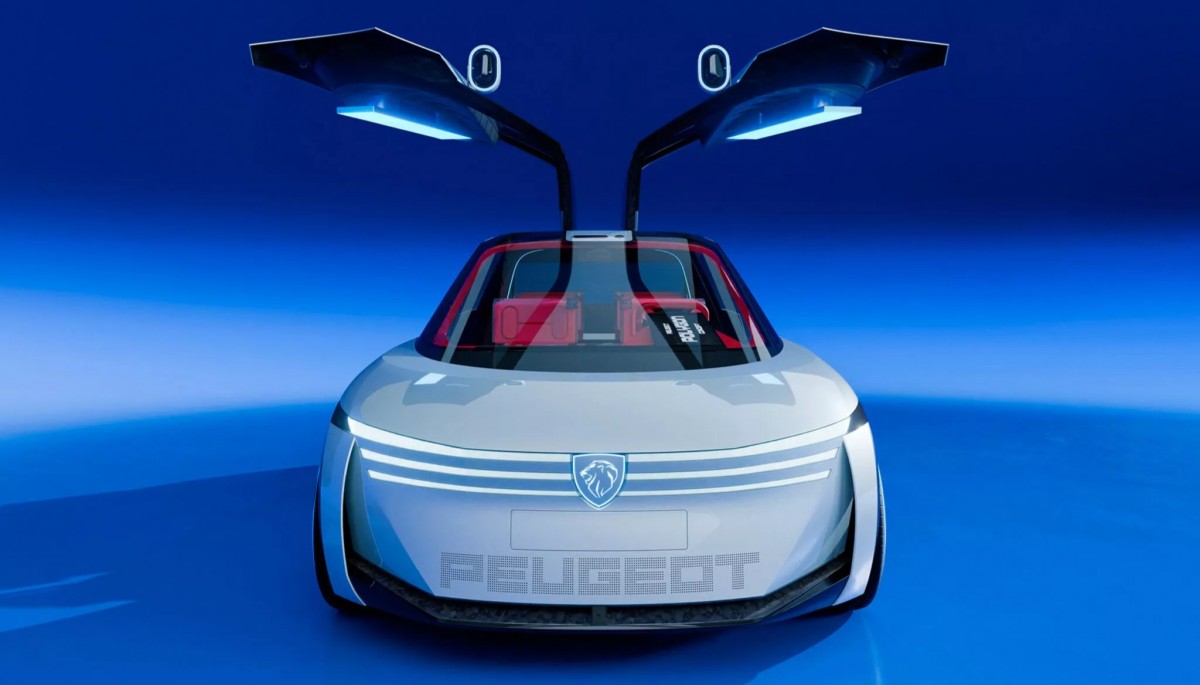
The absolute center of this new vision is the steering wheel. Or rather, the lack of one. In its place is a rectangular controller Peugeot calls the "Hypersquare." This isn't the first time an automaker has tried to reinvent the wheel - square-ish yokes have appeared in concepts and even some production cars, often to mixed reviews. But Peugeot is betting its technology can make the idea work for everyday drivers.
This rectangular shape is made possible by "steer-by-wire" technology. In the Polygon concept, there is no physical, mechanical link between the Hypersquare and the front wheels. It is a fully electronic system. This virtual connection allows engineers to program the steering feel, and Peugeot says the system will have variable gearing. This means that while cruising on a highway, the steering can be programmed to be steady and require larger inputs. But when parking, the ratio can change dramatically.

The company claims drivers will need "less than one" full turn of the Hypersquare to go from one side to the other, eliminating the need for hand-over-hand shuffling. It's an idea we first saw in the Cybertruck and the Lexus RZ 450e. The Hypersquare itself contains four circular pods for key controls.
The new steering system is part of the next-generation "i-Cockpit." For the last decade, Peugeot's i-Cockpit has placed the instrument gauges high on the dashboard, above a very small steering wheel. This design was controversial, and many drivers found the top of the wheel blocked their view of the gauges.
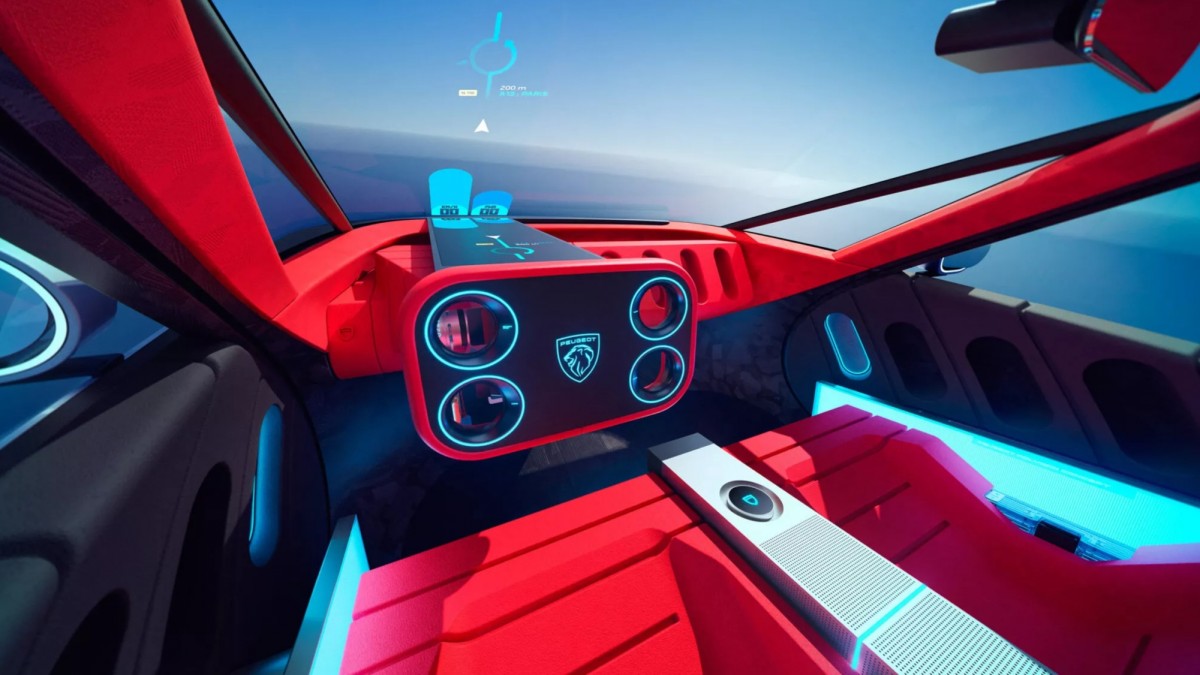
The new Hypersquare, with its flat top, solves that problem permanently. But Peugeot has gone a step further. The Polygon concept removes the traditional gauge cluster and infotainment screen altogether. Instead, the entire windshield becomes a massive head-up display. Peugeot says this creates a projection equivalent to a 31-inch display, putting speed, navigation, and media controls right in the driver's line of sight.
The interior technology is the main story here, but the exterior design also shows where Peugeot is heading. The Polygon concept, as a show car, features dramatic gullwing doors. Peugeot is quick to admit these will not be on the final car. When the new Peugeot 208 arrives, it will have four conventional doors.
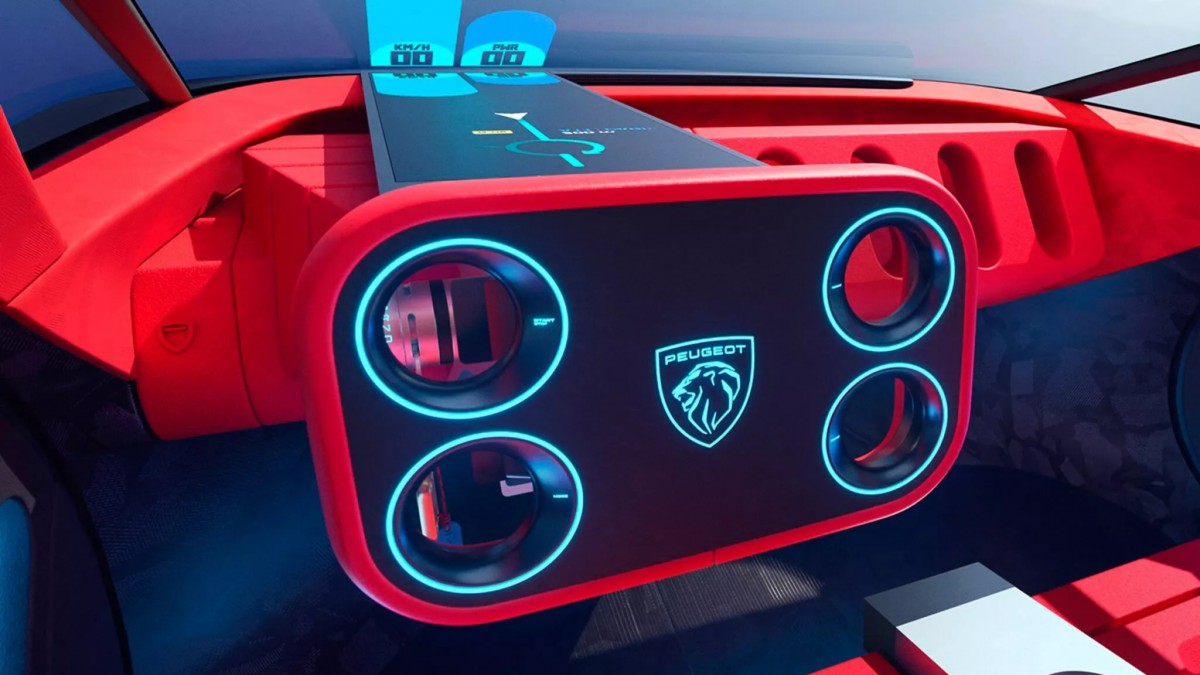
Still, the concept's shape is important. It shows a "pinched waist" and "broad shoulders," giving the small car a more muscular and planted look. It also features a large glass area, which should make the cabin feel airy. The company also states the car focuses on using recycled materials, nowadays a critical part of manufacturing for modern electric cars.
A few styling details from the Polygon concept seem destined for the production version of the Peugeot 208. The brand's familiar "three-claw" light signature has been reimagined in a new horizontal orientation. In a clever nod to the brand's history, the charging port and its LED status indicator are located in the C-pillar. Peugeot notes this is a direct reference to the design of the classic Peugeot 205, one of its most iconic models.
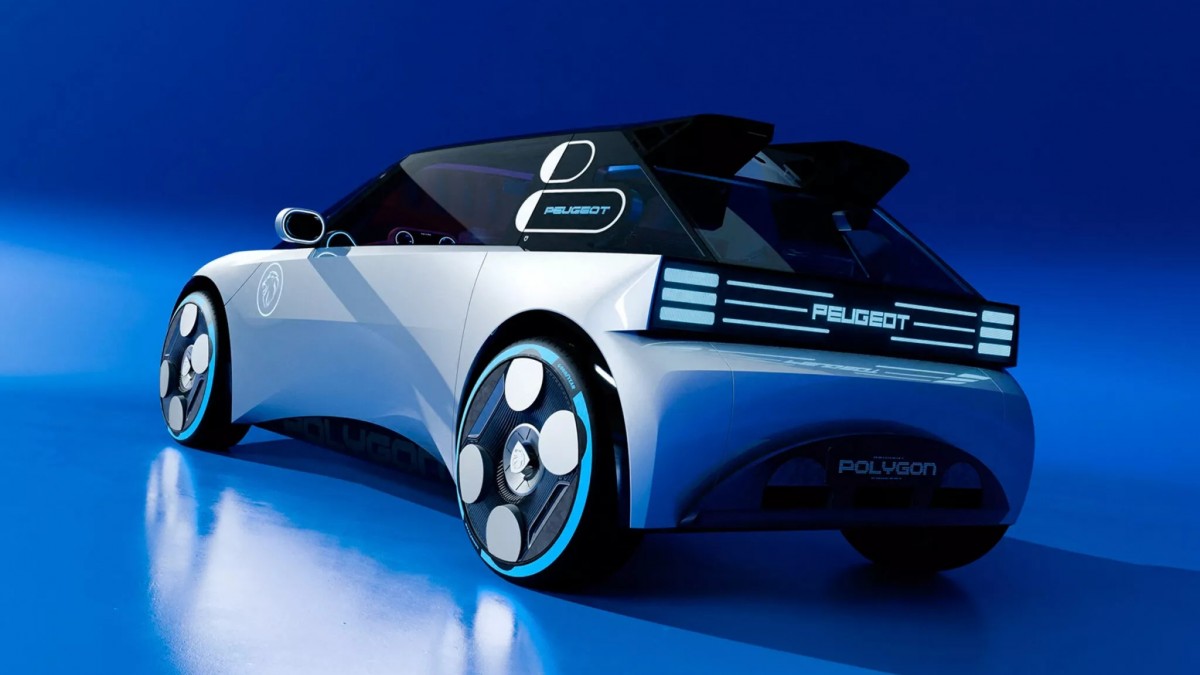
Peugeot is making a bold promise with the Polygon. The company insists the Hypersquare and the steer-by-wire technology are not just show-car fantasies. Both features will be on a production Peugeot by 2027, and all signs point to that car being the next Peugeot 208.
Unfortunately, the company is not sharing the other vital specifications. Peugeot has provided no details on the car's price, exact dimensions, or its battery size, power, or driving range. It is a concept car after all, but some specs would be nice to see.



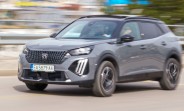

Facebook
Twitter
Instagram
RSS
Settings
Log in I forgot my password Sign up